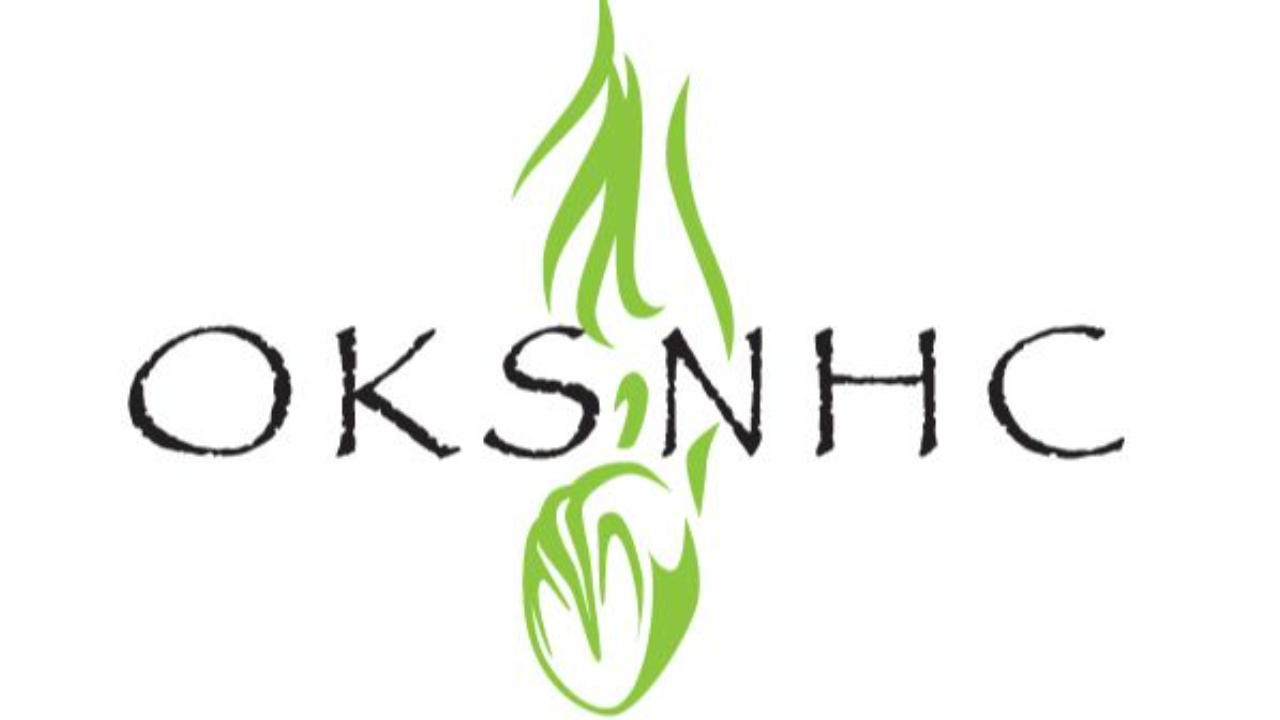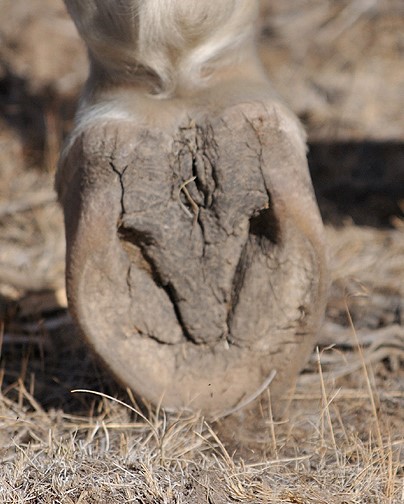The Benefits of Natural Hoof Care and the Wild Horse as a Model
Oct 30, 2014
Published in Saddle Up Magazine November 2014

There are a lot of interpretations of natural trimming, and every clinician seems to have their own method. What each of these methods have in common is their connection to the wild horse model. The wild horse model is simply a style of trimming based on the wear patterns on the hooves of the wild mustangs in the US Great Basin.
Even though they don’t live the same untamed lifestyle, our horses’ genetics are the same as their wild relatives. Hundreds of years of selective breeding has not changed the genetic makeup of our horses. Science has proven that it takes between 5000 and 10000 years for evolution to change the base genetics of any species. While we do select specific traits to carry forward through our breeding practices, the genetic makeup of our horses is the same.
Is it fair to compare our domestic horses’ hooves to their wild counterparts? This is a question I get asked often, and my answer is yes. “Domestic horses are really nothing more than wild horses in captivity” -Joe Camp
In May of 2014 I traveled to the Steen Mountains of Oregon to study and observe the wild mustangs that live there. What I saw was amazing. Horses with strong, hard hooves, traversing extremely rocky and uneven terrain. They galloped over it as if they were floating. The mustangs were in peak health, muscled and toned and moving with impulsion and vigor. In the approximately 500 horses we encountered, fewer than 5 showed signs of lameness. These horses could traverse terrain that our domestic horses would stumble and trip over even with strongest of hooves and hoof protection. It gave me a great appreciation for how much more our horses could be capable of if only they were not held back by our ideals.
The benefits of natural trimming with the wild horse as a model are many. The most important being that the hoof can expand and contract upon impact with each step. This the primary way the hoof dissipates the energy of impact, it also increases the circulation of blood through the limbs, reducing the stress on the heart. The horse will also have much fewer chiropractic, muscle and joint problems. It reduces the risk of tendon and ligament strain and damage significantly. Many horses started barefoot from a young age will never have to deal with arthritis, navicular syndrome or many of the other hoof pathologies that develop from improper hoof mechanics and function. Rarely are any of these pathologies seen in the wild.
Domestic horses should move functionally the same as a wild horse. They should strike the ground heel first and allow the shock absorbing functions in the hoof to dissipate the energy. Wild horses wear their hooves constantly because of the abrasive terrain that they live on and because they move 20-40 miles every day. Our domestic horses generally don’t get worked enough on varied terrain to wear their own hooves effectively. It is up to us to keep them trimmed and balanced to allow the hoof to function mechanically how it is intended. Because they are anatomically the same, I believe the wild horse makes a great model for trimming our domestic horses.
We must have realistic expectations however in comparing our domestic horses to the wild horse in terms of their capabilities. In the right circumstance they are one and the same, but to take a domestic horse that lives in a soft dirt paddock and ask him to traverse the rocky terrain of the wild horse would be unfair. We must condition our horses to the environment we want them to perform in. That means that if we want our horse to be comfortable on rocky ground we need to allow him to live on rocky ground. With proper trimming and care his hooves will callous and strengthen and he will be able. In cases where it is not possible to condition the horse hoof protection is needed.
Many horses develop hoof pathologies as a result of improper hoof care, living conditions or ill health and these hooves need extensive time for rehabilitation. In most cases the horses’ comfort level can be improved, it is only in severe cases that pain management becomes the primary focus. You would never see these horses in the wild as they would not survive on their own, it is only with our help that they can be rehabilitated or managed. Ironically if they had been born wild instead of into domestication, it is unlikely they would have been afflicted with these pathologies in the first place.
